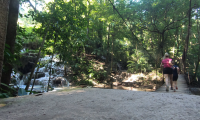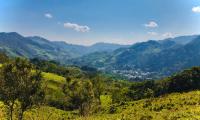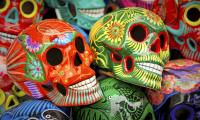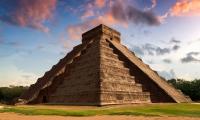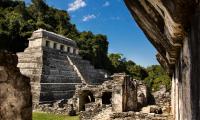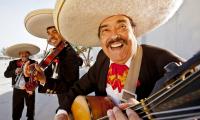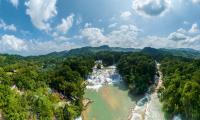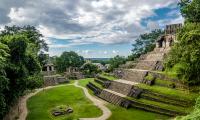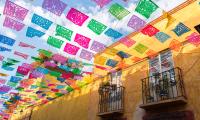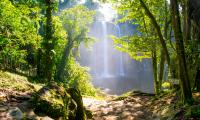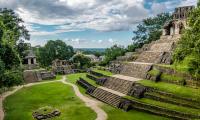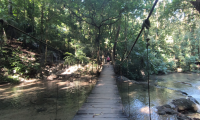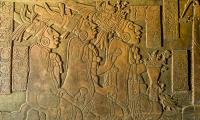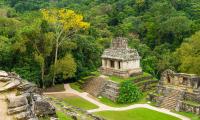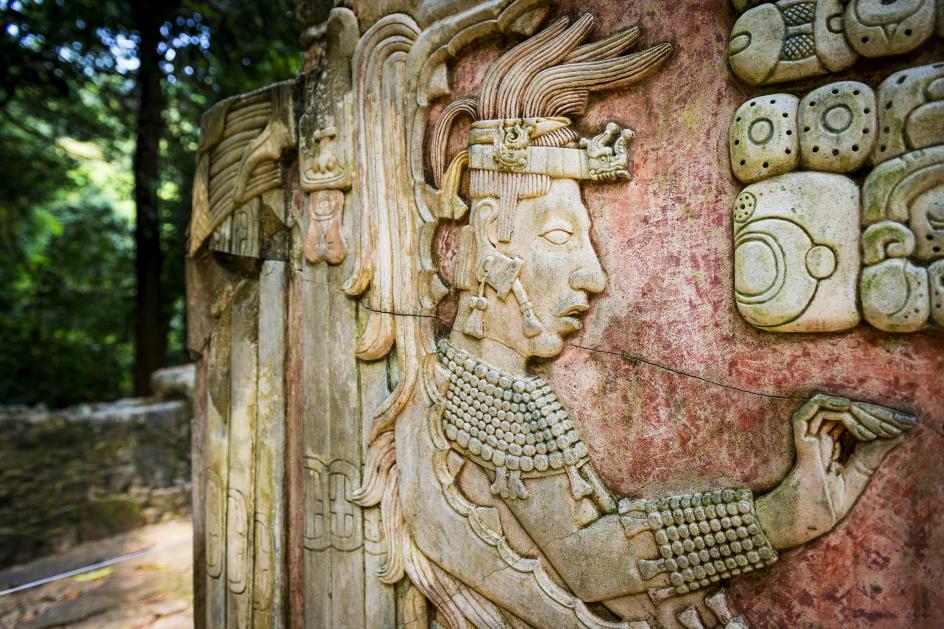Travel to Mexico
When traveling to Mexico, there is no lack of adventure and awe. 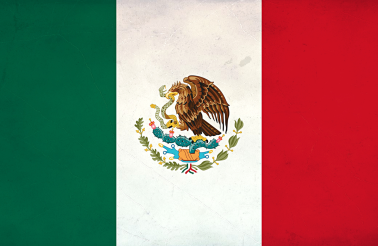
One can see its well-preserved Maya temples rising towards the sky alongside the hectic urban lifestyle of metropolitan cities.
On every corner you can encounter fascinating gastronomical experiences and rejoice in the colourful joie de vivre atmosphere.
Mexico delivers a narrative of wonders and has enriched the world with its history, arts and culture, producing some of the most acclaimed writers, artists and musicians.
Palenque (Yucatek Maya: Lakamha) Archaelogical Ruins is one of the top destinations in Mexico and not without a reason. As an acclaimed UNESCO world heritage site, it is one of the best examples of Maya architecture in all of Mexico. It is bathed in steamy jungle and surrounded by mighty temples, enchanting you with its mystical history and enthralling wildlife.
It is estimated that less than 10% of Palenque has been fully explored, leaving over 90% of the area yet to be discovered, and more than a thousand structures still deeply engulfed in the tropical vegetation of the jungle.
It truly is a lost city.
The Location
The area of Palenque is located near the Usumacinta River in the Mexican state of Chiapas,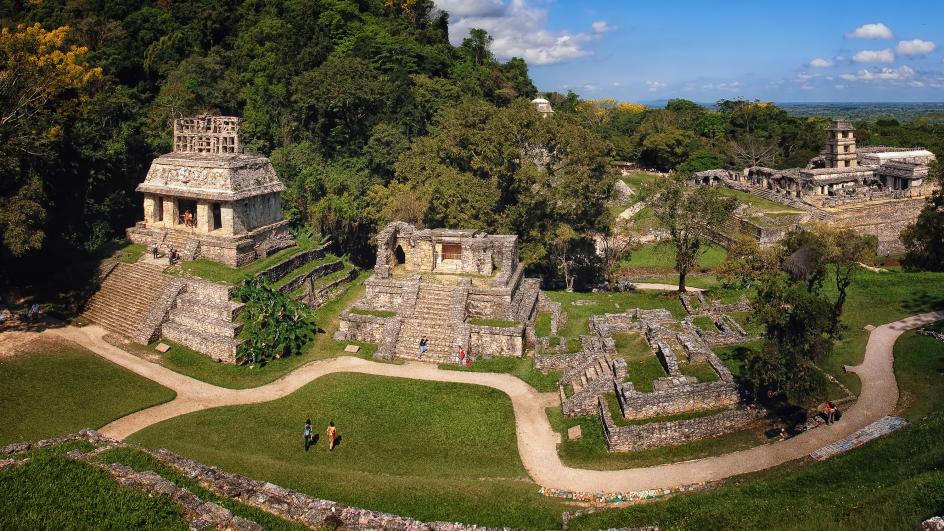 about 130 km (81 miles) south of Ciudad del Carmen, 150 metres above sea level.
about 130 km (81 miles) south of Ciudad del Carmen, 150 metres above sea level.
Compared to other excavation sites, it is considered a medium-sized ruin, yet it contains some of the most impressive architecture, sculptures, roof combs and bas-relief carvings that the Maya civilization produced.
It has been possible to reconstruct the history of the lost city of Palenque by reading the hieroglyphic inscriptions on its many monuments. Archaeologists and Linguists alike have developed an extensive sequence of events from the ruling dynasty of Palenque to its city-state rivalries with Calakmul and Toniná.
Approximately seven kilometres away from the Palenque is the City of Palenque, not to be confused with its archaeological site.
History and Culture
The Palenque ruins date from apx 226 BC to 799 AD, yet its economic and cultural life truly flourished between 500 - 750 AD.
Palenque was situated where highland and coastal plains join, which gave it great power as an inland trade center and jurisdiction over a large territory. This enabled it to form beneficial relationships with surrounding cities and strong commerce bonds.
It had many rulers or ajaws, throughout its turbulent history. Through glyph readings archaelogists have been able to record all ajaws from rise and fall of Palenque, starting with the founder K’uk’ Bahlam I in 431 AD and ending with Janaab Pakal III in 799.
Shortly after 8th century hostilities emerged with surrounding cities, as well as other contemporary Maya towns, and with no new elite to govern led to Palenque’s ultimate downfall. A small agricultural population continued to reside in Palenque for a couple of generations before the place was abandoned all together and grown over by forest.
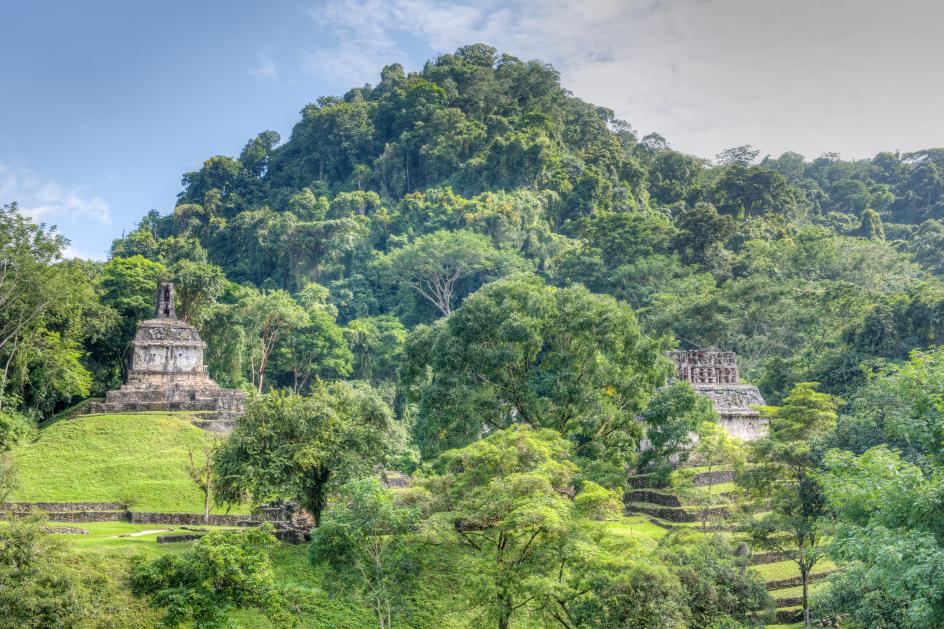
Language
The official language of Palenque, state of Chiapas, is Spanish. However, the state of Chiapas is ripe with indigenous languages as it has approximately 13.5% of all of Mexico’s indigenous population. Among the indigenous groups are the Tzeltal, the Tzotzil, the Chol, the Zogue and the Tojolabal.
Tzetal and Tzotzil are both Mayan languages that represent around 11,5% of all indigenous speakers in Mexico. A great majority of those speakers live in Chiapas, as well as 90% of all Chol speakers.
Art & Architecture
The Temple of Inscriptions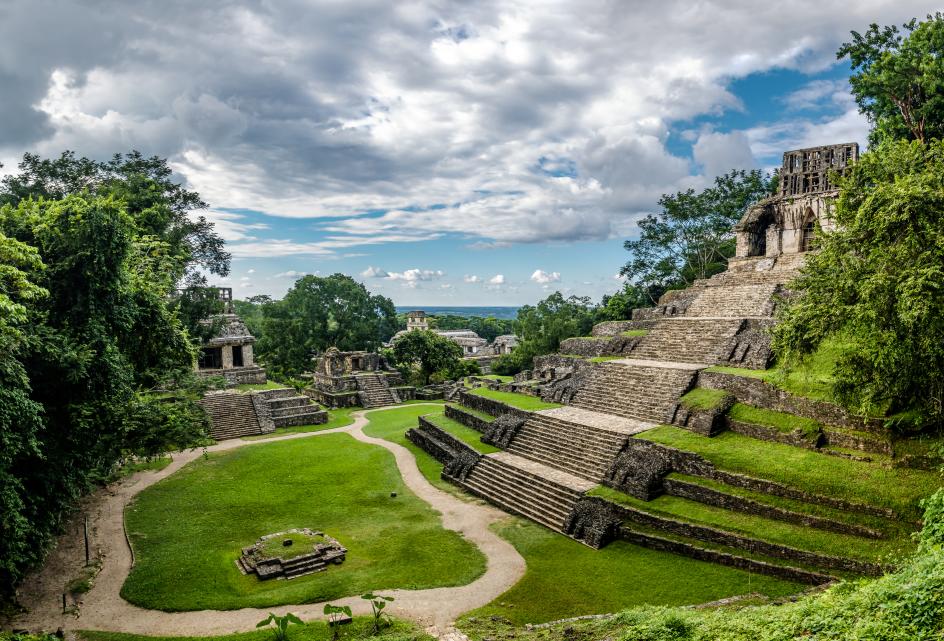
Palenque is ample with magnificent architecture, built from the pre- to late classic period. Most famous of them being the Temple of the Inscriptions.
Built in 675 as a funerary monument for ajaw Hanab-Pakal. The most impressive part of the temple is its glyphic text which reads apx 180 years of the cities history from the 4th to the 12th ruler.
The Palace
Located in the centre of the ancient city, the Palace is a grand complex of several buildings and courtyards, built by several generations over four centuries. It was used by the Mayan aristocracy for meetings, entertainment, and ritualistic ceremonies.
The Temple of the Cross, Temple of the Sun, and Temple of the Foliated Cross
A trio of magnificent temples atop grand pyramids. They sport intricate carvings depicting figures presenting various ritual objects to a central symbol.
Other noteworthy constructions
The site has a multitude of noteworthy temples with elaborate carvings of kings, queens, gods and animals, as well as tombs and elite residencies. It is possible to get lost in the history and extravagance of this magnificent location for hours on end.

